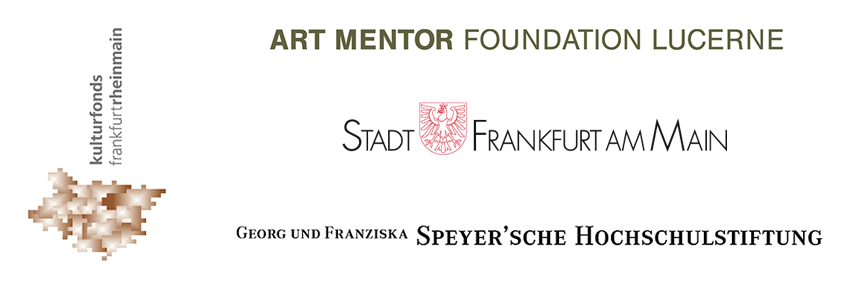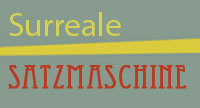Exhibition
Early Surrealists were fascinated with the cinema as a medium that set no limits for their artistic expression. Conscious Hallucinations. Filmic Surrealism focuses on the emergence of Surrealistic cinema in the early 1920’s in Paris and the rapid rate at which it gained international acceptance until the beginning of the Second World War. The exhibition presents many different facets of surrealistic film, from Asia to Latin America, and looks into both the effects that surrealism had on filmmaking worldwide and how Surrealistic cinematic expression influenced other art forms. Through this, the exhibition wishes to offer a look into “both the interactionary relationship between film and art and the influential exchange between surrealistic groups in France and artists around the world.
Read more
Surrealistic Film – Cinematic Surrealism Since 1924, surrealist filmmakers have experimented with various technical and aesthetic means to implement the visual analogy between dreams and films. They utilized inventive methods to cut, edit, fade in and out, double exposure, slow-motion sequences and repetition. Deformation of reality played an important role, often showing the unexpected or impossible, animation sequences, or photo collages in direct correlation with one another. When such images and illusions coincide, there is still a degree of shock – and even absurd comedy. This combination is quite clearly shown by Luis Buñuel and Salvador Dalí in the film UN CHIEN ANDALOU (FR 1929), which is a centerpiece of sorts for the exhibition Conscious Hallucinations; written in a very short time, based on the twisted dreams of its creators, the film was made with the goal in mind of maintaining a constant sequence of dreamlike images while avoiding any coherent narrative. With this they laid the foundation for surrealistic film, the viewpoint of a subjective, inner eye. Most especially, the opening scene of UN CHIEN ANDALOU where a blade slices through an eye, combines the cultural and historical reference points of surrealism with the carnivalesque and grotesque elements of dream interpretation as well as the ambiguous imagery of Bosch, Goya, Picasso and Dalí. The viewer is shaken, willingly or unwillingly, as primal fears surface and subversively remain.
Sponsors:









